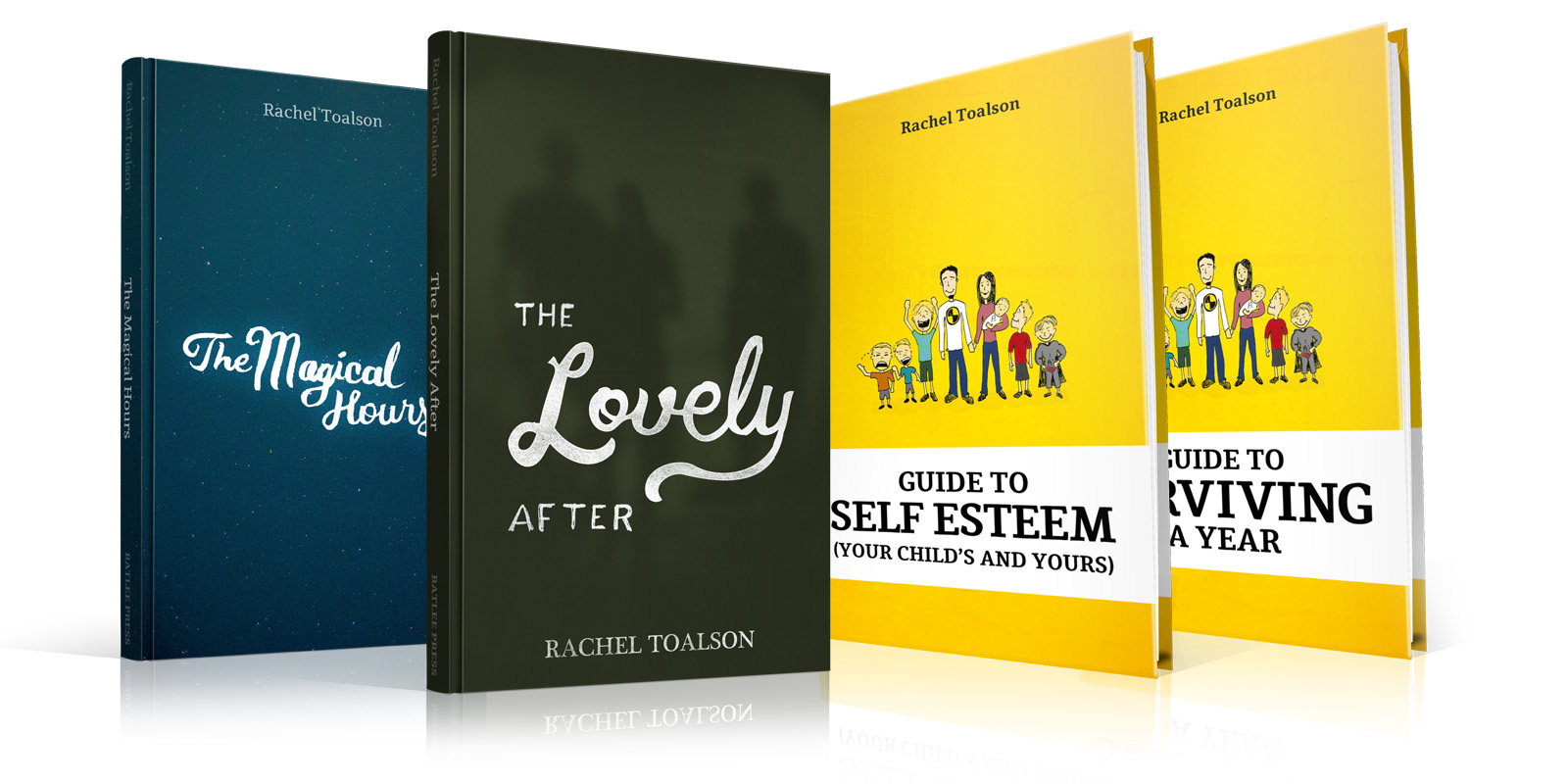My first book, a middle grade novel in verse, was written in tiny fifteen- or twenty-minute windows, back when my kids were very young. I had a newborn, two 3-year-olds (twins—so double trouble), a 5-year-old, a 6-year-old, an 8-year-old, and not a lot of time—obviously.
But I had a story that needed to get out, so I did what I could to jot it down between bedtime and the next newborn feeding.
When I shared this information at the book launch party for that book (The Colors of the Rain, which published in 2018), someone asked, “How do you keep a plot line going in only fifteen minutes a day?”
It’s a good question, and one that I think is probably on the minds (or in the Secret Fears Box in the brain) of many authors who don’t have hours at their disposal to write on their works in progress. Or those of us who take a while to write our books. We don’t want to rush stories. They need time and space to grow and develop.
But how do you give them the time and space they need without losing sight of where you’re going?
I’m in a different place now. I have more time to write. But there are still times when I’ve had to put aside a manuscript for weeks or even months, because of deadlines that come calling. And in a collaboration I’m working on with another author, sometimes I don’t write a chapter with my character for weeks.
How do you keep a plot line going? How do you remember who your character is? How do you make the most of the time you have, without needing to re-read everything you’ve previously written on the project?
That first book I mentioned was written, as we say in the writing world, by the seat of my pants. That means I did no brainstorming (what others call plotting). I just started writing—and the story required a LOT of revision!
Now I brainstorm (or plot) every story. It’s much easier to hold a storyline in your head for those fifteen minutes of daily writing time if you know the story already. Or if you at least have a vague path for where it’s going.
So that’s my first tip. I know it will make some writers cringe, but…
1. Brainstorm your story.
This can be whatever you make it. It can be an in-depth main character analysis followed by in depth character analyses on every other character in the book, followed by a detailed look at the setting, followed by detailed plotting. Or you can make a Pinterest board and call it your brainstorm (it’s actually surprising how well a Pinterest board satisfies the imagination and keeps a story at the top of mind).
Draw maps. Make calendars. Create whatever materials you might need to help you get right back into the story the next time you pick it up.
The more time you have to spend remembering what and who your story is about, the less time you’ll have to actually write it. And when you’re crunched for time, every minute counts!
2. Leave notes on where the next scene will go.
When I’m working on the first draft of a story, I will generally only write one chapter a day on the project, because I enjoy giving it space and some time to breathe. But this is a little trick I use in all my first drafts: After I’ve written that one chapter, I make notes on where the next chapter will start and where it will likely go. Sometimes I even write the first line of the chapter.
But what either of those things does is they propel me right back into the story the next time I pick it up. The brain is amazing; when we give it an open loop (like some notes about the next chapter), it happily plays without our even noticing.
3. Know your character.
I write character-driven fiction—but even if you don’t, knowing your character (or characters) is important for maintaining a storyline for however long it takes you to write a story. And knowing your character will, of course, make your story better.
Fill out character sheets, or make cheat sheets for quick reference, or keep a picture of him/her/them right by your computer. (Though your kids might thinks it’s weird. “Who’s that?” they might say. “A character I’m writing,” you might say. “Why do you have a picture of them and not me by your computer?” they might say. Hypothetically.)
The more you know your character, the more you know your plot, and the more you know your plot, the faster you can dive right back into a project that’s been left on the back burner for a while.
I hope these tips are helpful to you. I’d love to know any you might have for maintaining a storyline over the months and years it takes to write a book!


